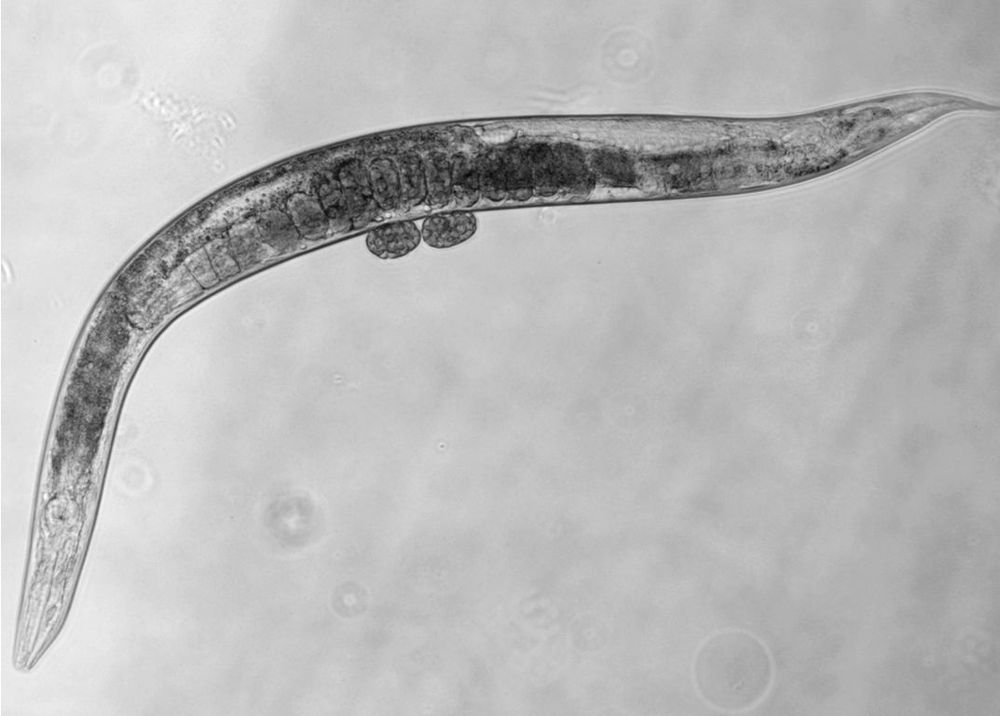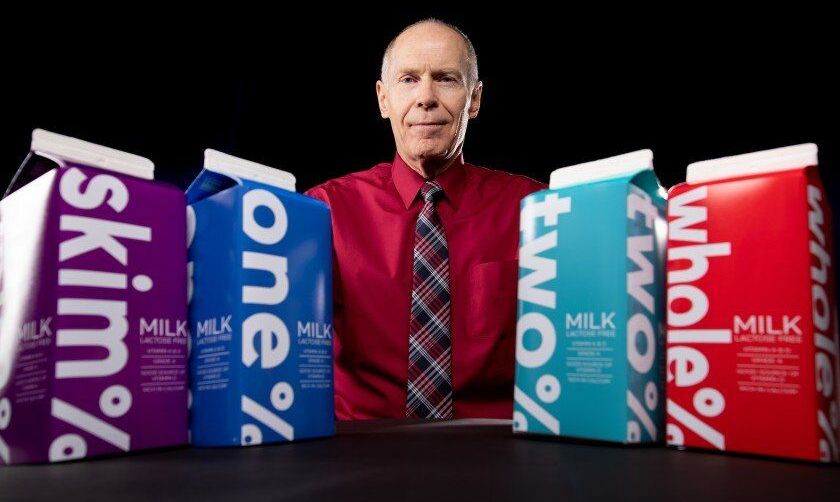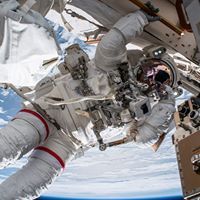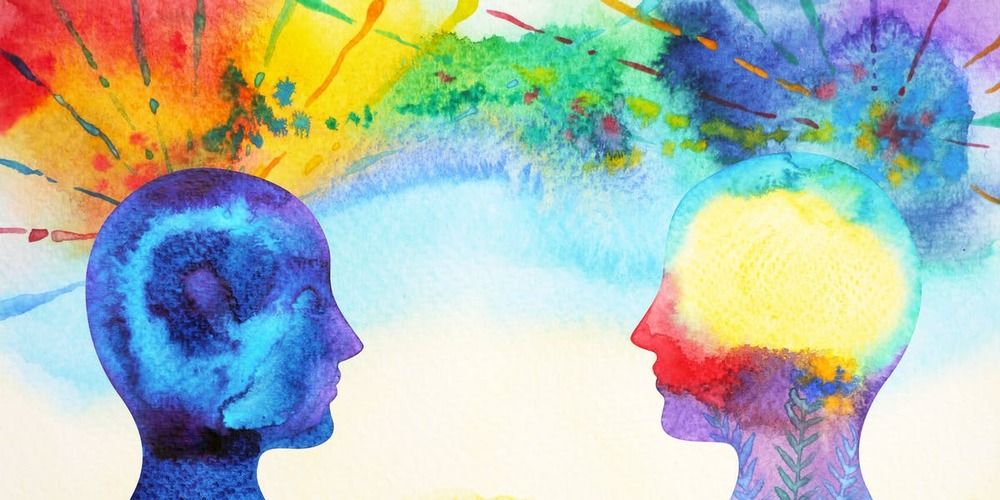Page 8014
Jan 15, 2020
Final images from Cassini spacecraft
Posted by Genevieve Klien in categories: physics, space travel
Researchers are busy analysing some of the final data sent back from the Cassini spacecraft which has been in orbit around Saturn for more than 13 years until the end of its mission in September 2017.
For the last leg of its journey, Cassini was put on a particularly daring orbit passing between Saturn and its rings which brought it closer to Saturn than ever before. This allowed scientists to obtain images of Saturn’s ultraviolet auroras in unprecedented resolution.
The new observations are detailed in two new studies published in Geophysical Research Letters and JGR: Space Physics.
Jan 15, 2020
Drinking 1% rather than 2% milk accounts for 4.5 years of less aging in adults
Posted by Kevin Huang in categories: biological, life extension
A new study shows drinking low-fat milk—both nonfat and 1% milk—is significantly associated with less aging in adults.
Research on 5,834 U.S. adults by Brigham Young University exercise science professor Larry Tucker, Ph.D., found people who drink low-fat milk experience several years less biological aging than those who drink high-fat (2% and whole) milk.
“It was surprising how strong the difference was,” Tucker said. “If you’re going to drink high-fat milk, you should be aware that doing so is predictive of or related to some significant consequences.”
Jan 15, 2020
A blood clot has been treated in space for the first time!
Posted by Paul Battista in categories: biotech/medical, space
Jan 15, 2020
The hunt for the ‘angel particle’ continues
Posted by Quinn Sena in category: particle physics
In 2017, researchers believed they had found evidence for the elusive Majorana fermion. Now, a new study found that the exotic class of particles may still be confined to theory.
Jan 15, 2020
Art therapy is finally being taken seriously as a tool for boosting health
Posted by Quinn Sena in category: health
In the past two decades, scientists have also starting looking at art as a way to keep people mentally and physically healthy. In a report, the World Health Organization points to just how powerful art can be as a therapy. The report has problems but could lend heft and credibility to the field.
Jan 15, 2020
City of Las Vegas detects and deters major cyberattack
Posted by Quinn Sena in category: cybercrime/malcode
Security breach took place on January 7, but the city said it detected the intrusion in time to prevent any damage.
Jan 15, 2020
Windows 10 Has a Security Flaw So Severe the NSA Disclosed It
Posted by Brent Ellman in categories: privacy, security
In a shift toward transparency, the National Security Agency announced a bug that could have left over 900 million PCs vulnerable to attack.
Jan 15, 2020
Australian man becomes first robotic kidney transplant recipient in the world
Posted by Brent Ellman in categories: biotech/medical, robotics/AI
Jan 15, 2020
The Rise of Superhumans and the Challenges for Learning and Development
Posted by Alexandra Whittington in categories: business, education, transhumanism

How will learning and development cope with the growing trend of humans augmenting their basic capabilities with chemical, electronic, physical, and genetic enhancements?
We’ve been entertained by a never ending stream of Marvel and DC Comics characters with super powers ranging from x-ray vision to mind control. Many of us have also spent time fantasising about the additional capabilities we’d like to help see us through the day. But what happens when those boundaries blur between science fantasy and everyday reality?
The practice of human enhancement or augmentation is a phenomena well underway across society – although the concept may be new to many of us. Over the next 25 years, the integration of information and communications technologies (ICTs), cognitive science, new materials, and bio-medicine could fundamentally improve the human condition and greatly enhance human intellectual, physical, and psychological capacities. As a result, the notion of the “transhuman” could emerge. For example, we are well underway with the process of augmenting human beings’ cognitive and intellectual abilities through technological implants, such as memory storage. These enhancements mean humans could achieve heightened senses and biological capabilities that are largely the prerogative of other species (e.g. speed, resistance, adaptation to extreme conditions, etc.).
The speed of development is truly mind blowing. Advances in cognitive enhancement drugs and “nootropic” supplements, electronic brain stimulation techniques, genetic modification, age extension treatments, 3D printed limbs and organs, and body worn exoskeletons, have given rise to the notion of enhancing the human brain and body well beyond the limits of natural evolutionary processes. Indeed, many leaders in the field of AI are fierce advocates of Transhumanism as the next stage of human evolution—arguing that if humans want to keep up with AI, we ourselves will have to become machines—embedding technology in our brains and bodies to give us similar levels of processing power.
Continue reading “The Rise of Superhumans and the Challenges for Learning and Development” »

















